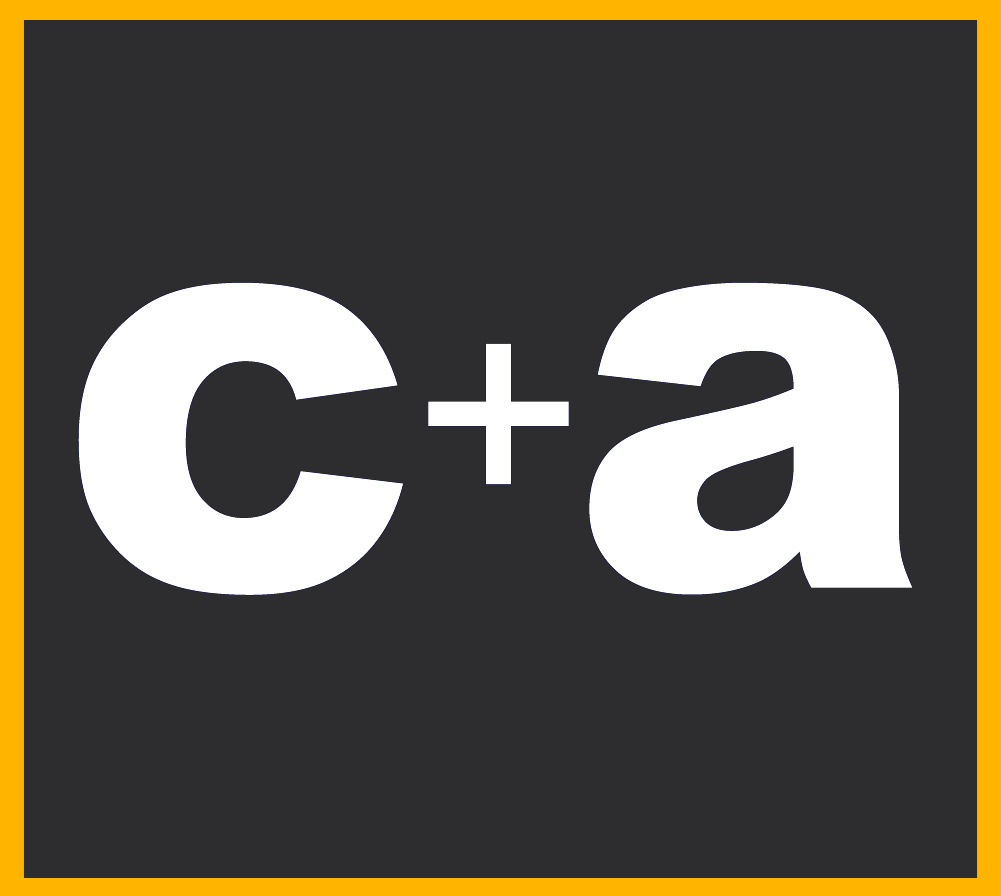Who needs work life balance?
- curranrecruit
- Feb 12, 2015
- 3 min read
You’ve probably heard the term ‘work-life balance’ but is it really important to your organisation?
Work-life balance is a concept that supports the efforts of employees to split their time and energy between work and the other important aspects of their lives. According to numerous literature including CIPD, the pursuit of work-life balance reduces the stress that employees can experience. Because many employees experience a personal, professional, and monetary desire to achieve – attaining a work-life balance can be challenging. Employers can assist employees to experience work-life balance by offering such opportunities as flexible work schedules, paid time off (PTO) policies, responsible time and communication expectations, and company-sponsored family events and activities.
As more and more professionals seek a better work-life balance, companies are opting to adopt more flexible policies to accommodate shifting priorities. In this week’s blog we wish to help managers discover and implement work strategies that encourage work-life balance.
Why is work-life balance important?
Organisations such as KPMG, St George Bank, Westpac Bank and the ANZ Bank all publicly promote their work life strategies and programmes as part of their employer branding, as they consider it an essential component of the overall package that will assist them to attract and retain the best talent.
A study conducted by the Boston College Centre for Work and Family found that 70% of managers and 87% of employees that use a flexible work arrangement had a positive or very positive impact on productivity.
Managers therefore, need to take a strategic approach to the whole issue of work-life balance. They need to understand and quantify how work-life issues impact the bottom line measures of the business.
Your people are critical in ensuring customer satisfaction and delivering value. They are usually more committed and motivated to achieve what the business needs when they have flexibility in their working arrangements (Maitland, 2009).
If managed well, flexibility can lead to:
Better performance: Increased efficiency and productivity; improved customer service cover; staff understanding each other’s roles better; greater employee satisfaction and loyalty
Cost savings: Higher staff retention; lower recruitment and training costs; reduced absenteeism; overtime and workplace stress; more efficient use of office space
Better people management: Enhanced reputation as an employer; access to new talent pools; better succession planning
Environmental benefits: Less commuting by employees working from home or satellite offices
Tips to encourage work-life balance in your organisation:
Develop open lines of communication
Create an environment within your team where employees feel able to approach you, not only about work-related issues but also personal issues and work-life balance needs if they arise.
Business and customers come first
Everyone should be entitled to make a case for working flexibly, but there will be situations where a specific arrangement will not work because of commitments to customers. Where this is the case, look at other options that may work better for all sides and manage client expectations from the outset.
Different arrangements work for different types of business
The reality is a work-life strategy is not a one-size-fits-all approach. Every employee has different work-life needs. One may like to spend their time outside of work meeting up with friends or going to the gym; while another may prefer to spend quality time with their family over dinner. Recognise the degree to which one manages family interrupting work or work interrupting family. Potential options can come in many forms and range from flexible work arrangements to family care leave to having on-site child care facilities.





















Comments